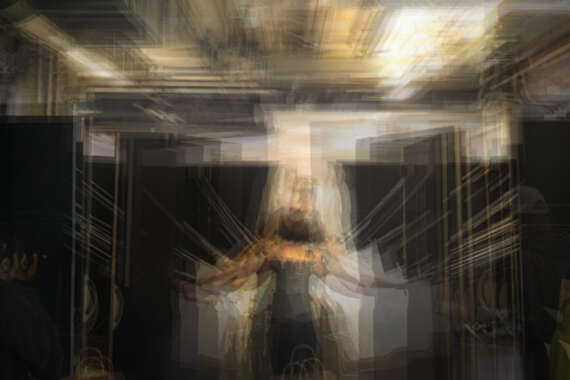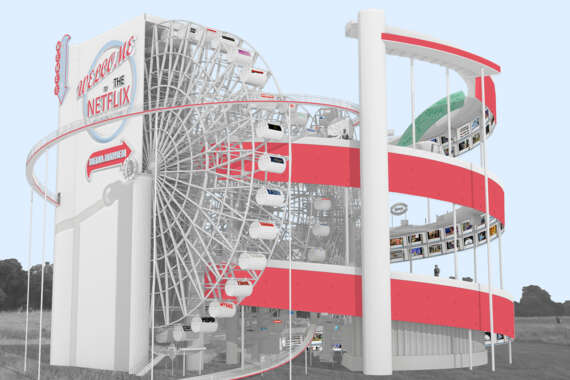Architecture needs to have a new era of ‘biodiversity’ to fix the mistakes people have made to nature. Cohabitation with wild animals is the key because they cannot be preserved in small spaces like plants. The idea is to design architecture that can house a broader range of species. The idea itself is nothing new. There are buildings in real life that exhibit cohabitation between humans and wild animals.
This project is the combination of an artificial reef and underwater architecture.
“... artificial reefs to support 127 fish species (107,168 fishes) against 93 species (16,495 fishes) on natural reefs.”
— Stacey Devine
Goat Island marine reserve was chosen as the new site because of overfishing and a decreasing fish population. In a normal situation, people will never accept the idea of putting a building inside a protected zone. However, if it can benefit both environment and visitors at the same time, it will change people’s perception. With the new location, the project intends to raise awareness and increase the number of visitors which would then increase fish protection with enlarged zones. A successful artificial reef will also inhabit more species of fish than the existing habitats. The project is located on the north side of Goat Island, where shallow broken rock and deep reef regions come together. With these two regions nearby, fish will have fewer reasons to swim outside the marine reserve and become overfished.
"What is the impact of closing areas to fishing? Not only will there be more fish but there will also be more species, or higher biodiversity, inside a reserve.”
— Ray Hilborn
Everyone can experience life with fish in this settlement. Divers can explore the underwater ruins, and those who are afraid of the sea can enjoy leisure on the floating house or inside the dome.
Three key moments in Poor Knights Island were brought to the final design.
The first moment was finding fish hiding in cracked reefs. As people venture deeper into the sea inside the elevator bedroom, they will pass by many artificial reef blocks in close view. People will be able to see fish taking shelter in these reefs.
The second moment was seeing fish from the bottom of the ocean. With the elevator bedroom, people can view this scene for an hour without scuba diving gear.
The third moment was touching the environment. The Moon Pool opening makes the underwater world accessible like visiting a back garden, allowing people to interact with furniture and other objects in the underwater ruins.
BiodiverCity allows humans, fish and varieties of marine life to cohabit in harmony.











